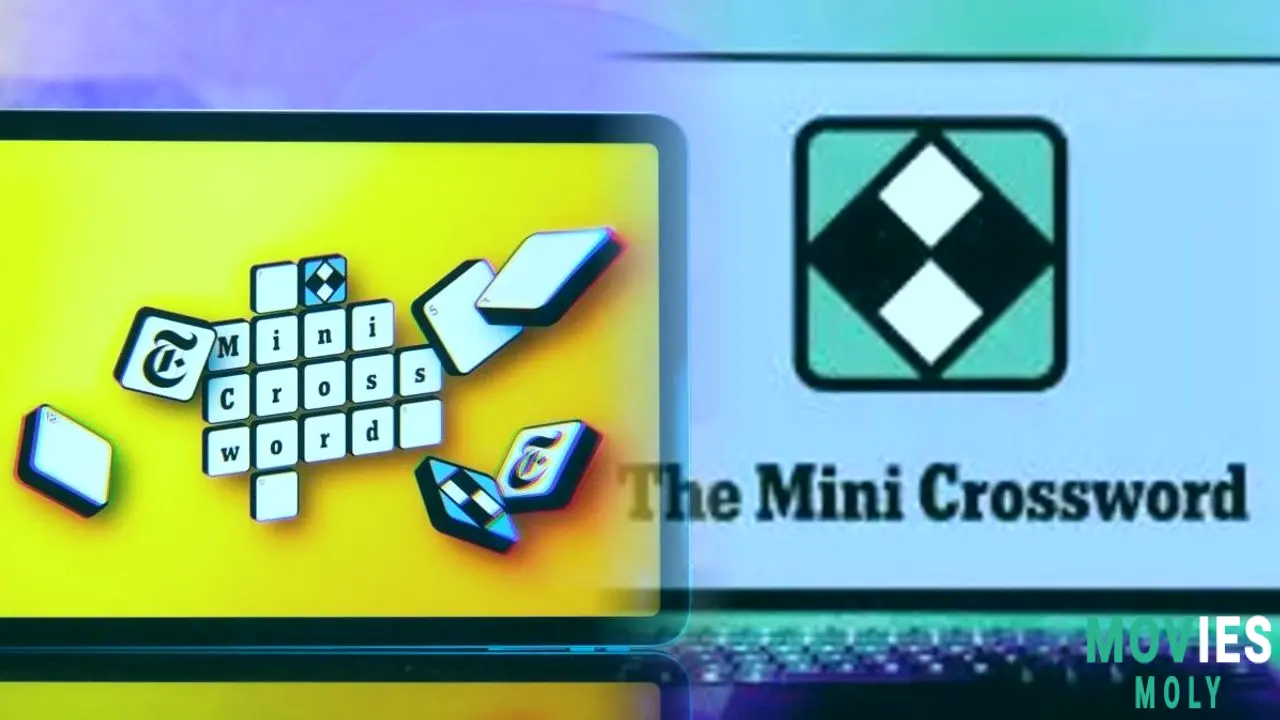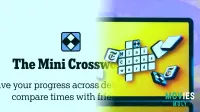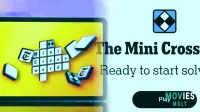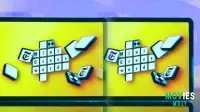There’s a special kind of joy reserved for those who dive headfirst into the labyrinthine world of New York Times crossword puzzles. It’s not just about filling in the blanks—it’s about decoding a language crafted with the precision of a Marvel Easter egg and the flair of a Nolan plot twist. Whether it’s the full-length cruciverbal marathon or the bite-sized blitz of the Mini Crossword, each clue is a portal into a universe where words don’t just mean things—they do things.
How Business Jargon Became a Crossword SuperpowerTake, for example, the recent Thursday puzzle masterminded by Aidan Deshong and Adam Levav. The duo turned what many of us dread in conference rooms into a playful weapon of linguistic subversion. The revealer phrase? A corporate cliché so overused it’s become its own meme: “Move the needle.” But in the hands of Deshong and Levav, this phrase didn’t just reveal the theme—it dismantled the buzzword bubble with style.
Imagine a grid filled with phrases that sound like they’re just punching the corporate clock, but are actually carefully curated to poke fun at the jargon ecosystem. “Leverage,” “drill down,” “silver bullet,” and “low-hanging fruit” aren’t just filler—they’re cruciverbal callouts to anyone who’s ever sat through a meeting where speak was more about sounding sharp than saying something. It’s a form of therapy through language, and arguably, one of the most clever uses of wordplay in recent crossword history.
The Mini Crossword: Quick Hits with Deep Resonance
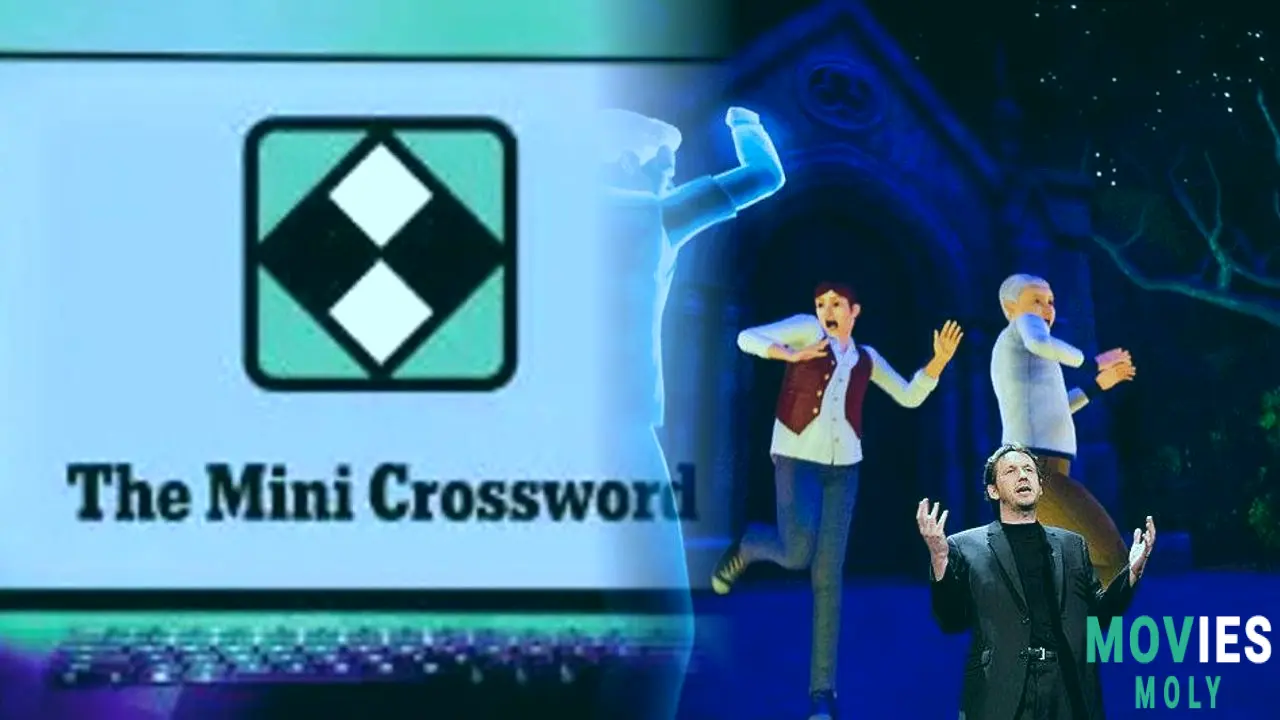
While the main NYT Crossword is like the Avengers: Endgame of puzzles—epic, time-consuming, and deeply satisfying—the Mini Crossword is more akin to Deadpool: fast, free, and packed with punchy personality. May 3rd’s Mini, featuring clues like “Greiner of ‘Shark Tank’” and the genius anagram pair “Silent” and “Listen,” gave solvers a rapid-fire challenge that blended trivia with linguistic agility.
Not knowing Lori Greiner off the bat (guilty as charged) can throw a wrench in the works, but that’s part of the thrill. The solver's instinct to trust words like “Silent” over “Quiet” mirrors the kind of guesswork heroes make when deciphering a villain’s next move. It’s about pattern recognition, confidence, and sometimes, strategic retreat. Completing the puzzle in under three minutes while your brain is running on empty? That’s a small victory worthy of a Bat-Signal.
Mythology, Anagrams, and the Joy of Seeing the Grid Light Up
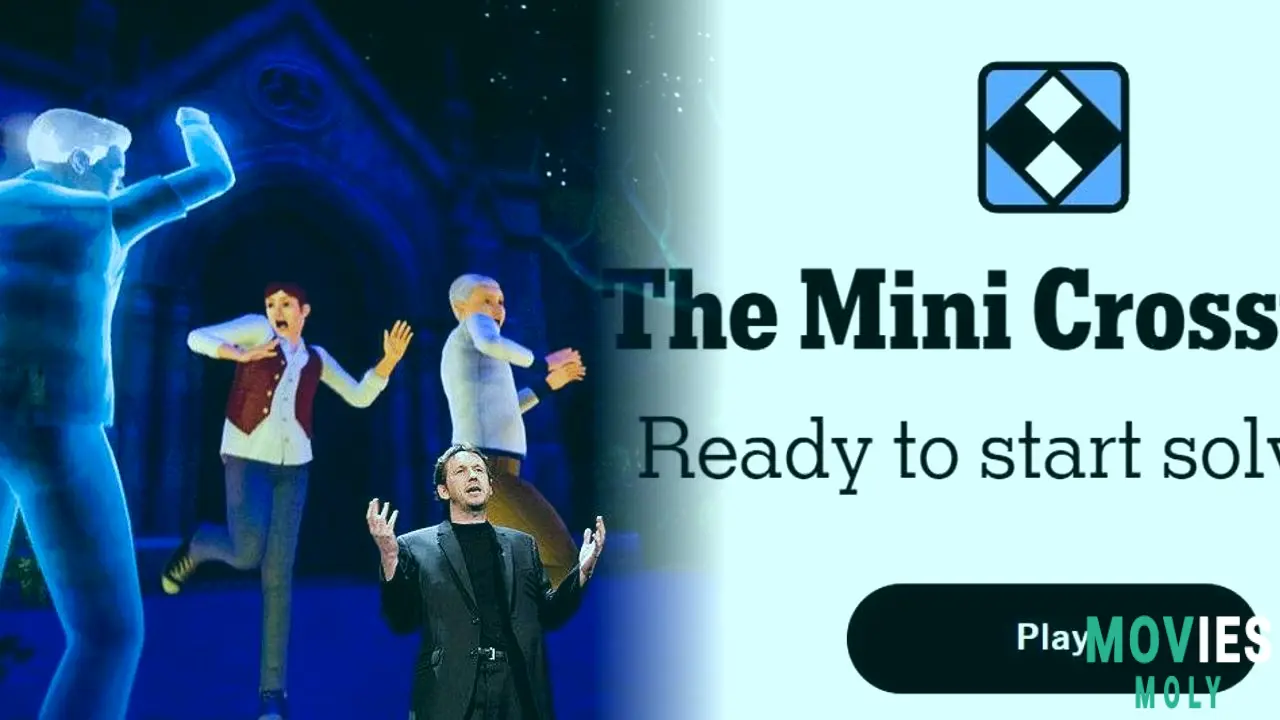
One of the most satisfying elements of any NYT puzzle—especially the Minis—is how they pack layers into a tiny space. “Mount where Zeus and Hera reigned” isn’t just a clue; it’s a lightning strike of cultural resonance. OLYMPUS. Three syllables that unlock a pantheon of imagery and storytelling. Pair that with anagrams like “LISTEN” and “SILENT,” and you’ve got a mini myth in every crossing line.
These puzzles don’t just test knowledge; they reward curiosity. They’re the crossword equivalent of discovering that Groot can say “I am Groot” in a hundred different tones and still mean something unique each time. Every clue is an invitation to play, to think, and to connect dots between domains as disparate as ancient mythology and modern TV entrepreneurship.
Why NYT Crossword Clues Matter More Than Ever
In a world that often feels saturated with noise, the New York Times crossword offers a space for clarity through complexity. It’s where language is stripped down, built up, and transformed. The clues aren’t just puzzles—they’re mini editorials, jokes, tributes, and challenges all rolled into one. They ask us to be sharp, to be patient, and most importantly, to have fun with our brains.
Whether you’re floating through the Mini on your commute, or anchoring yourself to the full puzzle on a lazy Sunday, the experience is the same: you're part of a secret club that speaks fluent wordplay. And that, my friends, is a superpower.
So next time you’re staring at a grid wondering if “ATM” really fits with your mood, remember—you're not just solving a puzzle. You’re decoding a language designed to make you smarter, sharper, and a little more awesome. And that’s mission critical.

